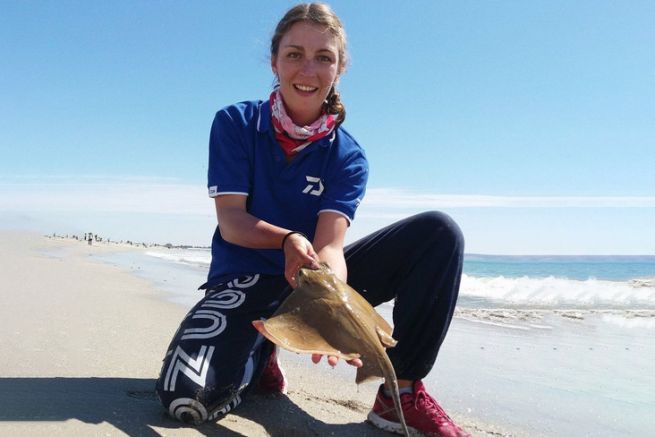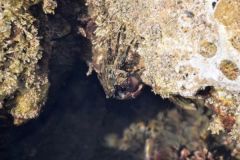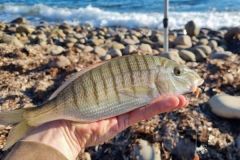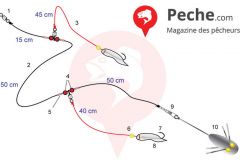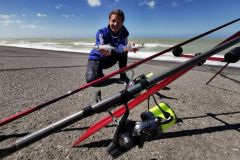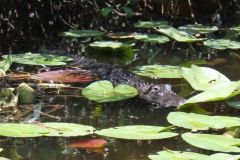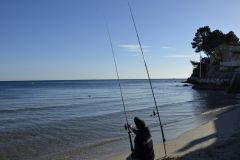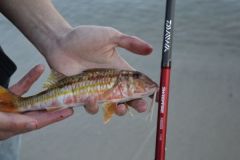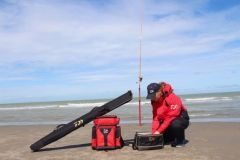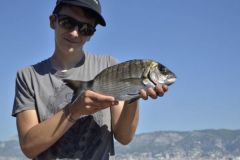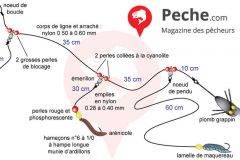Presentation of Langebaan
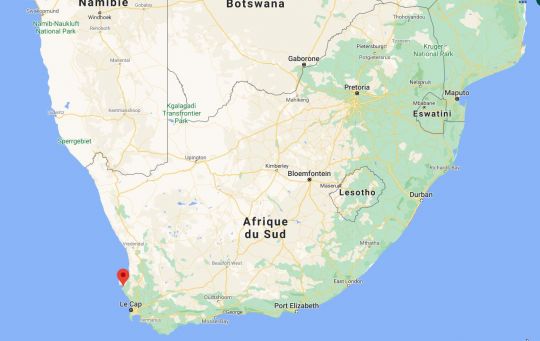
Head for Langebaan, a city on the west coast of South Africa, 120 kilometres north of the capital, Cape Town. This former fishing village is now a popular tourist destination for kitesurfers, fishermen and swimmers. The city has no less than 4 kilometres of beach. During the championships, I was able to fish on the beaches of Dwarskersbos and Velddrif.
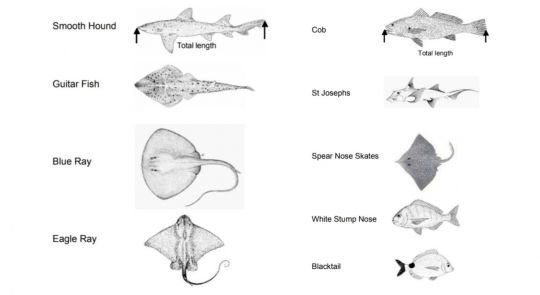
In fact, I only came across 4 species during the 15 days of fishing: guitar rays in the great majority, eagle rays and stingrays as well as a small rock fish.
Guitar rays in large numbers
We fished a lot of guitar rays! While the body and tail of the guitar ray is similar to a shark, the mouth of this fish is elongated and allows it to easily dig into the seabed to feed on small fishes, corpses, invertebrates, etc. Our first line strokes allowed us to understand that the guitar ray lives in schools and reminds us of the behaviour of dogfish: these scavengers live on top of each other, ready to devour a prey. Thus, when we catch a guitar ray, it is not uncommon that a second or even a third one bites on the hook in the process. Sometimes it takes no more than 5 minutes to reel in a triplet of stingrays!
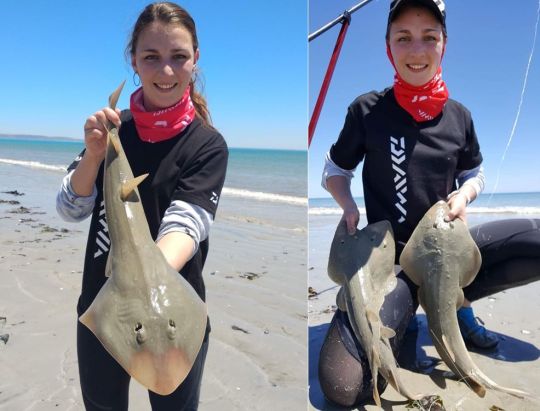
When fish from our French coast become South African bait..
No more arenas, nereids and other usual worms that we use on our French coasts... The species we fish in France become our bait in South Africa! This means that we are changing the calibre of fish and fishing technique... Make way for mullets, sardines and squid: big bait for big fish! We cut the sardines into 4 or even 6 pieces (once lengthwise and then once or twice heightwise), the squid into strips and the mule into fillets and then into small pieces. The squid pricked once on the hook is enough while we fix the mule and sardine sections with rubber bands and give them a "boudin" shape. As you will have understood, finesse is not the key word on the mounts either.
Simple and robust assemblies
Big change also for the mounts. No question of getting our usual Aberdeen hooks size 6 or 4. This time, we opt for circle hooks in 1/0 minimum. It took me a while to get used to it! And no fuss about the nylon diameters either: 60/100 in line bodies and 40/100 in stacks. And in the reel: we use nylon from 25/100 to 40/100. As a precaution, we used 40/100 most of the time, especially in case we caught a big eagle ray or stingray that could weigh several dozen kilos! Our set-ups are on the whole rather simple and very long for a greater prospecting and to leave room for the rays which measure on average 70 cm. Some lines are up to 3 meters long!
Robust rods and reels
As stingrays have the reflex to hit the sand when we go up our mount, it is better to be equipped with a powerful rod and reel to stand up to them and be able to take them off from the bottom. I quickly gave up hybrid scions: their flexibility compensated too much for my efforts to be in direct contact with the fish to lift it. On the other hand, the touch of the skate is already so visible that we don't need the sensitivity that solid carbon scions provide. As for the reel, it is also better to have a product designed for strong fishing, especially for long fishing trips. Guitar stingrays being very numerous, you can catch several kilos all day long and you are not safe from catching a very big stingray in front of which you will have to use a powerful brake.
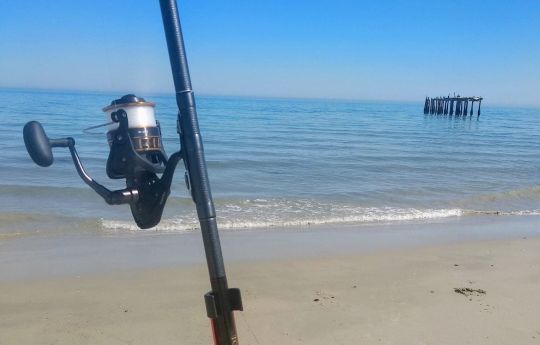
A fishery of exploration and precision
The most important thing in this fishery is not to rest on its laurels. From one day to the next, we encountered very different fishing conditions: variation in the direction of the wind, more or less overcast skies, more or less opaque seas and the absence or omnipresence of algae. We constantly had to look for a nest of guitar rays and we found them at 10 meters as well as at 100 meters! Once you've fished for a guitar ray, you have to cast again in the same spot because, as I said, others follow most of the time. Then as soon as you go back up twice without fish, you cast more or less far and more or less to the left or to the right.
I had the chance to walk on the South African beaches during 2 world championships and I remember perfectly the great feeling I had when I saw the marked movements of the scion during the hits, the adrenaline of not going back up to let other stingrays bite and the euphoria of meeting a stingray or an eagle ray from time to time. For sure, I'll go back!
